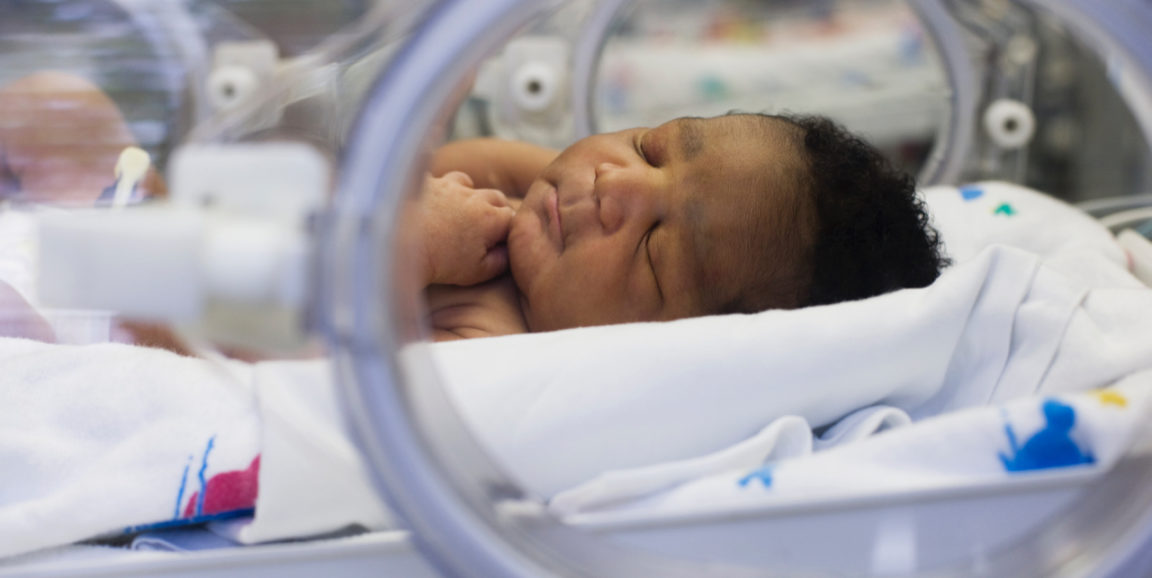It’s always heartbreaking to learn about a medical problem that’s largely been addressed in the United States but continues to plague low- and middle-income countries.
That’s why it was heartening to read about the NeoBreathe, a device developed by two former fellows with the Stanford Byers Center for Biodesign, in the new issue of Stanford Medicine magazine.
This foot-operated resuscitator was designed for clinicians who often must work alone when a newborn struggles to take a first breath. These workers are trying to prevent birth asphyxia, which causes about 625,000 infant deaths each year. As writer Helen Santoro explains in the article:
In the United States, resuscitating a baby who suffers from birth asphyxia is relatively simple. When a newborn fails to breathe, one clinician holds a respirator mask to the baby’s face while another person squeezes a ventilation bag, pushing air into the baby’s lungs.
But in low- and middle-income countries such as India, where staff is more limited, resuscitation is not so straightforward. An individual clinician commonly resuscitates the baby alone, using one hand to perform a triple maneuver of a jaw thrust, chin lift and neck tilt, sealing the respirator mask around the baby’s mouth, and using the other hand to squeeze the bag.
Performing this procedure without assistance can have tragic consequences — a reality of which Avijit Bansal, MD, a pulmonologist from India, was well aware.
As part of the Byers Center’s Stanford-India fellowship in 2011, he met a like-minded researcher — biomedical engineer Ayesha Chaudhary, PhD — and they began work on a solution, eventually co-founding Windmill Health, a medical device company in New Delhi. As the article notes:
They developed NeoBreathe, a foot-operated resuscitator that frees one of the operator’s hands, cuts down on air leakage and significantly improves ventilation. With the freed hand, the operator can multitask more efficiently in that first life-saving minute of a baby’s life.
The device is now being used in the majority of India’s states, as well as in Kenya, South Africa, Nigeria, and Mali. Additionally, there are plans to introduce it in Peru, Chile and Argentina.
Bansal told writer Santoro that this is just the beginning for the company: “We have created a new way of performing an age-old procedure. It is helping save lives, and people are taking notice.”
Photo by ER Productions Limited




